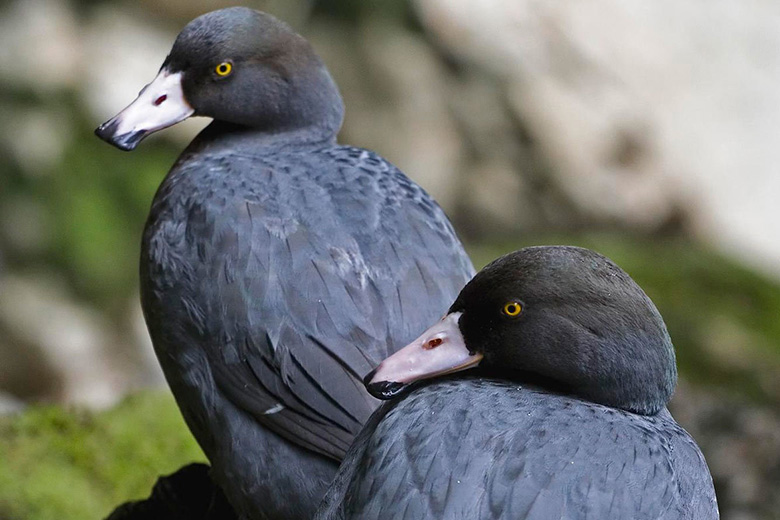Whio/blue duck, one of Aotearoa New Zealand’s ancient taonga (treasures), are seeing a decline in numbers in Hawke’s Bay due to Cyclone Gabrielle.
Nationally they are classified as ‘Threatened – Nationally Vulnerable’, with an estimated 3,000 individuals in the population.
In Hawke’s Bay they are found in Whirinaki Forest Park, Kaweka Forest Park, and Ruahine Forest Park.
The number of whio pairs in monitored areas has declined from 694 in 2022 to 587 in 2023, partly due to the impact of severe weather events like Cyclone Gabrielle in places like the Ruahine.
Whio Recovery Group Leader at Department of Conservation (DoC) Krysia Nowak told BayBuzz at the time of Cyclone Gabrielle that the team reported a whio turning up in Hastings.
“This unusual sighting suggested there was some immediate movement as whio struggled to find food and shelter following the storm,” Nowak said.
“As for longer-term impacts, we know there have been effects on whio habitat where bigger rivers have been inundated with silt, with a notable decline of whio observed on some of the main river stems in the Ruahine.
“Smaller tributaries seem to have coped better with the impact, so we expect that some of the whio population has moved into these and out of the areas where we usually survey. The smaller streams are likely to support lower numbers of whio, however, and it will take several years for the full river systems to recover habitat quality.”
She said whio in the Whirinaki weathered the event with minimal impact, as their habitat remained largely intact.
“Monitoring is not formally undertaken in the Kaweka, so the scale of the impact on the whio population is not clearly understood,” she said.
“We encourage people to report sightings of whio to their local DOC office or record them in iNaturalist.
Whio need healthy, fast-flowing rivers to survive; because of this, they cannot be moved to predator-free islands like other species. The presence of whio indicates clean water and a thriving ecosystem. They are susceptible to flood events which destroy nests, fragment broods, and wash away their food source.
“Those wanting to support recovering whio populations are encouraged to become involved with trapping programmes for introduced predators, or even trap in their backyards. Less predators means whio will have one less threat to cope with as they recover from the impacts of Cyclone Gabrielle.”
The whistle and growl calls of male and female whio respectively are iconic sounds of the New Zealand backcountry.
Whio are predated by stoats, ferrets, and cats with the largest impacts in breeding season when eggs, young birds and females are vulnerable, and when birds are in moult and can’t fly.
Extensive trapping can manage these predators. Work by DoC and Genesis on the Whio Forever Project has seen an increase in whio numbers in some locations.
Public Interest Journalism funded by NZ on Air

